There is a lot more to gardening than growing vegetables. To be sure, most well-designed gardens are filled with the crops that the owner wants to eat, whether it’s rows of tomatoes or acres of potatoes. The point of gardening is to eat, right?
But man does not live on vegetables alone. In fact, it’s not uncommon for a gardener to drop a few pounds of lovingly-homegrown spuds into a pan, and then to sprinkle them with herbs that were grown who-knows-where, dried who-knows-when, and packaged at a dirty rest stop between those two secret locations. Herbs bring out the flavor of your vegetable labor. So why rely on who-knows-who to do that job for you?
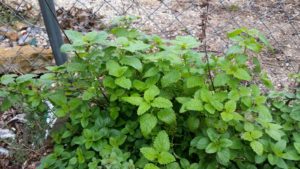
The truth is that is that if you can grow vegetables, you can grow your own herbs. In fact, if you can grow dandelions, crab grass, or foot fungus, you can grow your own herbs. So let’s take a look at a few that will not only enliven your tea or your Thanksgiving turkey, but can make your garden a prettier place as well.
But first, I must confess that “herb garden” is something of a misnomer. Sure, lots of people segregate their herbs into an area far removed from the potatoes. I myself have a few beds dedicated to herbs. But there is no reason your herbs must live a life far from the foods they will eventually flavor. If you use the Lazy Man’s raised beds, your herbs can grow up mere inches from their would-be best friends.
So here are a few herbs that I grow, where I grow them, and what I use them for.
Parsley, Sage, Rosemary, and Thyme*
If you’re buying these for cooking, you’re a fool, for these perennials are about the easiest and most useful additions to any garden. Here in USDA Zone 6/7, I only have trouble keeping rosemary alive over the winter and so must move it indoors or re-plant annually. Sage I rarely use, but the plant is so pretty and smells so good I add it everywhere, especially between my grape vines.
Buy some seeds on ebay or at your favorite lawn and garden store. You can even get them in those 20-cent packs at WalMart. Plant them in the spring and learn to propagate more plants via cuttings. You’ll quickly find you have more than you can ever use.
Dill
Easy to grow, and every part of the plant is edible. Obviously, it’s great for pickling cukes or peppers, but if you use dill seed in any recipe, the result will be improved by using your own fresh dill seed. Dill grows extremely fast. Plant some from your neglected back-of-the-cupboard jar in May and by August you’ll have more than you know what to do with.**
Mustard
Mustard seeds are small, the resulting plant, not so much (Luke 13:18-9). While the seeds really can be used for making mustard, I prefer the leaves as a solid addition to salads. They’re thick and savory, so you don’t want too many. But try them and you may never want to eat a plain, head lettuce salad again.
Basil
Anywhere tomatoes go, basil goes as well. Like dill and mustard, basil is an annual, so you’ll want to collect your seeds. But it’s incredibly easy to do so. In fact, if your garden is the least bit fertile basil will usually re-seed itself. Like mint, basil is an herb you can neglect or abuse and it will still give you enough return to make your original planting worthwhile many times over.
Oregano
It’s a member of the mint family, which means that once you’ve planted it, it’s yours forever. The big question is whether you should plant Italian or Greek oregano. I like Greek better, but Italian grows better here. I’m lazy, so I have more Italian.
Dry and crush the leaves and put them in one of those oversized crushed-pepper shakers. Oregano is great sprinkled on fried eggs or added to soups or sandwiches. Except peanut butter and jelly. Sick, dude.
Mints
Spearmint, peppermint, chocolate mint, lemon balm, or heal-all, there are plenty members of the mint family that are easy to grow. They can be used for teas, essential oils, medicinal purposes, even livening a rum and Coke. The number of plants you can grow are limitless, as are their uses. Get one of each anywhere plants are sold. Just be sure that with mint-family plants you keep them contained. Unless you like the idea of your whole yard smelling like a mojito every time you mow.***
One can be a good gardener growing the tried and true, year after year. Most gardeners do that, and never suffer a moment of regret. You’ve provided the basics to your family – they now enjoy healthy, nutrient-dense vegetables, fresh from your garden. This is called #winning.
But I would urge you, once you have mastered those basics, to raise your garden to the next level. Pickle your cucumbers with your own dill. Season your homemade soups with your own oregano. Make a mustard from seed. Brew your own mint tea.
The hard part is growing potatoes. The easy part is growing everything you need to make your loaded baked potatoes the best your friends and family have ever tasted.
* Are you going to Scarborough Faire?
** Fall-plant some cukes and make pickles. Duh.
*** I do, FWIW.

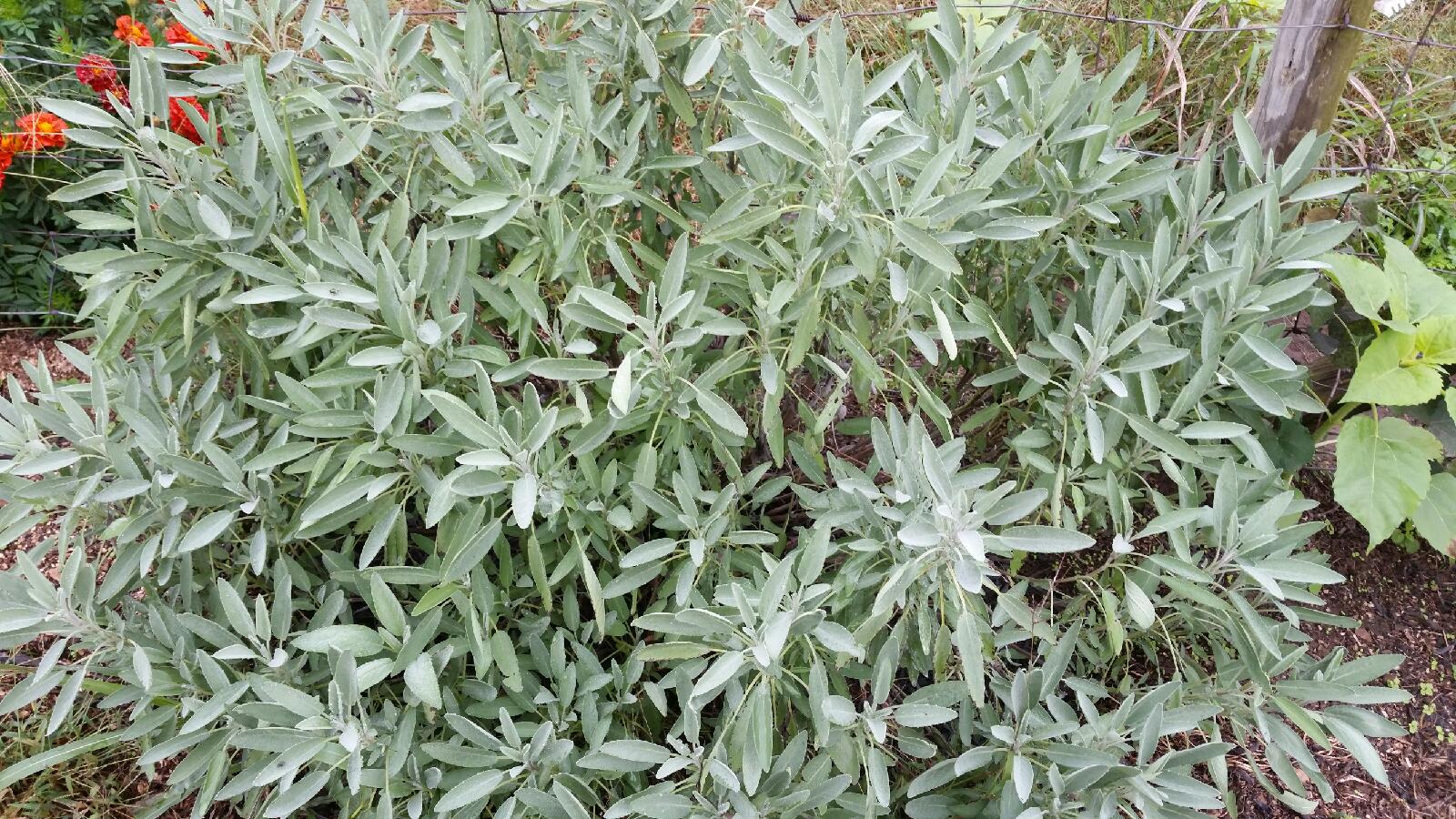



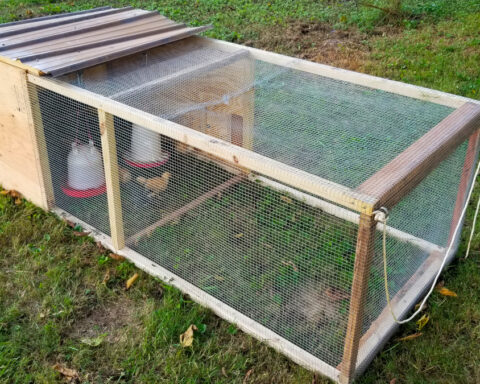
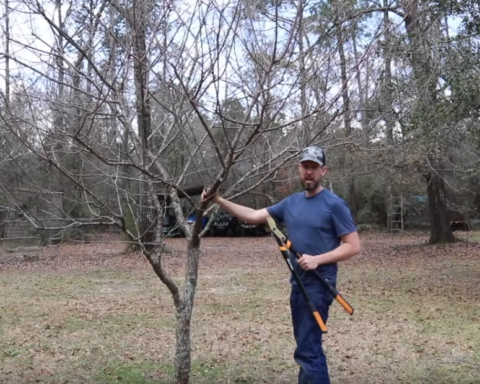
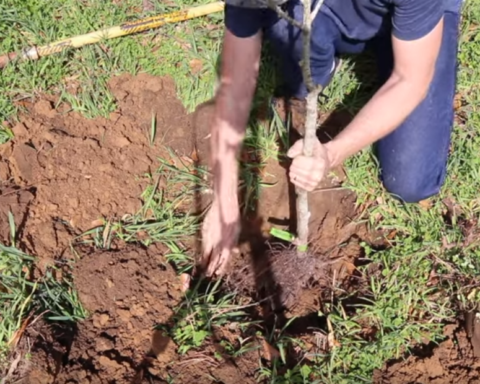
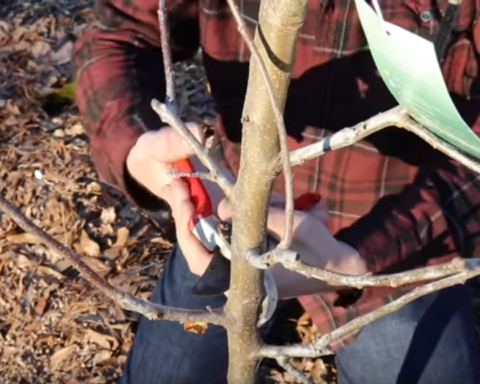
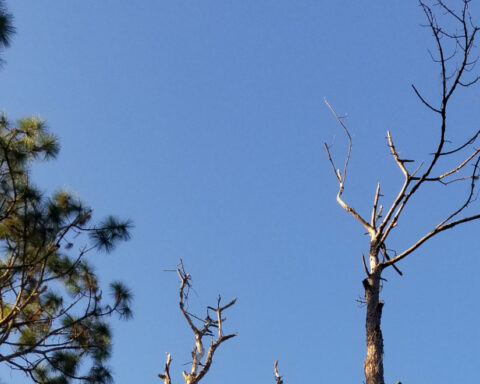
5